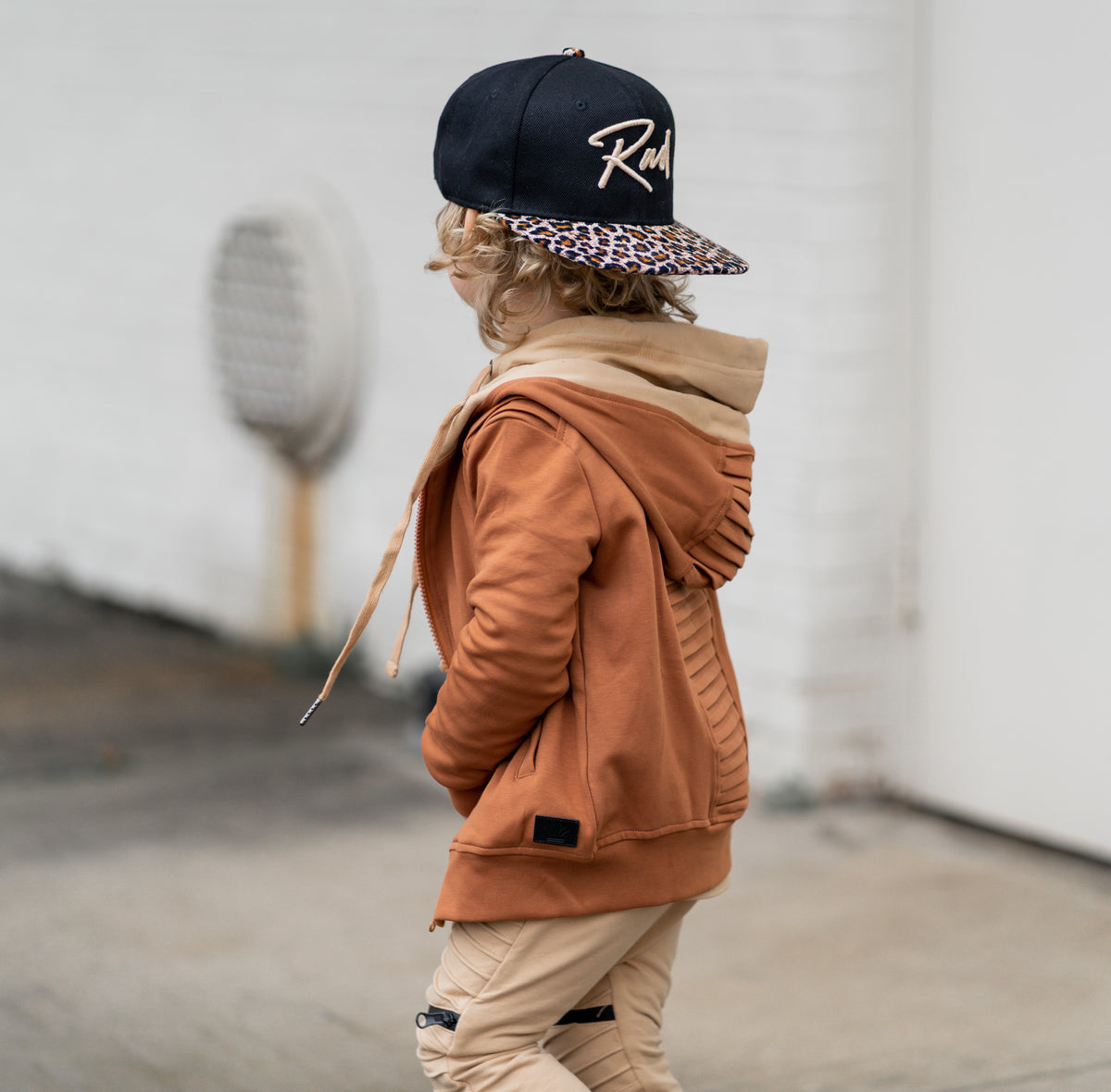Tips for Dressing Toddlers with Sensory Processing Issues


Tactile sensitivity in children is common, and it’s easier to accommodate than you might imagine. By implementing a few routine dressing habits, lifestyle changes, and wardrobe considerations, you can keep your little ones comfortable all day, throughout any rate of activities.
How to dress for toddler sensory issues:
Get the body warmed up
Before putting any clothes on your toddler’s skin, ask them to do a physical activity like pushing a heavy toy or crawling to you. As the muscles warm, skin sensitivity is reduced and clothes feel more comfortable.Choose undergarments wisely
Undergarments hug the body most tightly and provide the base layer of comfort for any outfit. Find out which types of undergarments are most comfortable for your kids- it might vary child to child, and style preferences can shift as they go through different growth phases. When it comes to socks, try purchasing a size down, so there’s no fabric bunching at the toes.Opt for soft clothing
The softer and more breathable the clothing, the more comfortable you can expect your child to be. Avoid any metal (zippers, buttons, clamps), tags, and exposed elastic straps (they can get so itchy!). Hand-me-downs tend to make the softest garments, so take up friends and family on all hand-me-down offers. If you keep the basics soft and cozy, you can layer to make a plain outfit trendy.Listen to feedback
When your child says a garment is uncomfortable, take them seriously and find out what is specifically causing irritation. If it’s an itchy tag, you can cut out shirt tags in the future; if it’s an itchy belly, you can avoid elastic bands or buy the next size up.Enforce close-toed shoes during outdoor activities. Close-toed shoes are a hard sell for many children, but the pain caused by an open-toed injury will be much worse in the long run, especially for kiddos with sensitive skin.
Pack clothes for the weather
Many children prefer long sleeves in the summer and short sleeves in the winter due to skin sensitivities. It’s important to cater to these preferences, but be sure to pack weather-based clothes for backup. If it gets too hot, you can quickly shed layers; conversely, if it gets chilly, you can bundle your little one up.Explain the practicality of items
If garments such as underwear, boots or buckled coats bother your child, try to educate your child on why the items are necessary to wear (weather, hygiene, comfort, etc.). This can help your little ones rationalize and alleviate the discomfort.Be mindful of sleepwear
If your children are unable to sleep through the night or wake up cranky, it could be because of hypersensitive and discomfort while sleeping. Can blankets be replaced? Can pajamas be softer? Are they under or over-dressed when going to sleep?
Supplement the diet with vitamins
Many vitamins and minerals work to combat and reduce skin sensitivities; additionally, some sensitivities are induced by mineral and vitamin deficiency. Enrich your child’s diet with physician-recommended vitamins to help overcome difficulties of getting (and staying) dressed.If your child suffers from a toddler sensory processing disorder, you can still shop comfortably with Posh Kiddos. If you have any questions specific to fabric and materials, reach out to our customer support. We can guide you toward the best-fitting, most comfortable options.
|
Posted on January 05 2018
